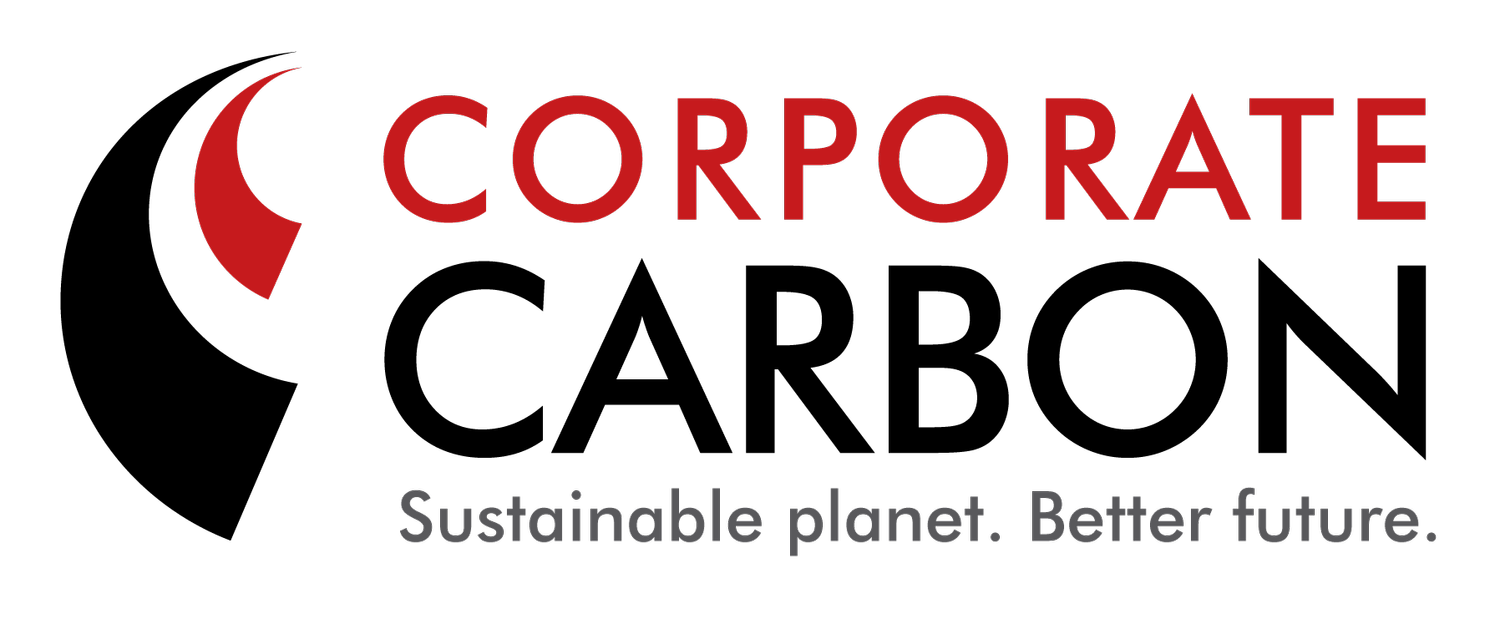
Holroyd, Yarraden and Crystalvale Station Projects
Savanna Fire Management in Cape York Peninsula, North Queensland
Reducing carbon emissions through indigenous fire management practices
The projects
Registered from 2015, these projects involves the strategic and planned burning of savanna areas during the early dry season to reduce the risk of late dry season wildfires.
The projects are registered under the Emissions Reduction Fund under the Carbon Credits (Carbon Farming Initiative - Emissions Abatement through Savanna Fire Management) Methodology Determination 2015.
The projects involve undertaking savanna fire management on the properties to remove carbon dioxide from the atmosphere by sequestering more carbon in dead organic matter than was sequestered during the baseline period, and to avoid the emission of methane and nitrous oxide from the burning of savannas, compared to the emissions during the baseline period
Activities include strategic burning in northern Australia’s early dry season involving igniting fires from aircraft, from vehicles or by walking across country with handheld drip torches, to decrease the size, intensity and frequency of late dry season wildfires; supported by late dry season fire management activities such as constructing fire breaks.
The Properties
Holroyd River, Yarraden & Crystalvale are an aggregation of leasehold grazing stations located approx. 15 kms to the south of Coen and 370 kms radially (longer by road) to the north, north-west of Mareeba in Far North Queensland. The aggregation falls from the Great Dividing Range towards the Gulf of Carpentaria in the west.
Holroyd River is lower in the landscape containing river and creek frontages and black soil plains with a large area of bush country in the west to south western areas. Land classifications also include mixed loams/sandy forest rising to hills, ridges and tablelands. There is a mix of seasonal and lasting waterholes along the watercourses.
Within the district, there are tracts of National Park, reserves and cattle stations. The area has an annual wet seasonal conditions with median monsoonal rainfall of 1,153mm.
Co-Benefits
The Holroyd River is an important habitat for many endemic species.
Improving fire and pasture management promotes the re-growth of native ground cover and stabilising soils.
Promotes biodiversity, native vegetation and help prevent stream bank erosion and riverbank protection.
Improvements to property infrastructure including potential to fence of key geographies to protect from fire and wild buffalo and other species to restrict access to waterways promote bio-diversity, and protection of sacred indigenous sites.
Economic benefits that promote local heritage, jobs, culture, products and services.
United Nations Sustainable Development Goals that apply to the projects
An Australian Carbon Credit Unit (ACCU) represents one tonne of carbon dioxide equivalent stored or avoided.
ACCUs are issued by the Australian Government Clean Energy Regulator (CER) under the Emissions Reduction Fund (ERF) in return for reducing the level of greenhouse gases in the atmosphere.
The integrity of the ACCUs created by this project are guaranteed by Corporate Carbon through our monitoring, verification and reporting process managedusing established ERF methodology which is subject to independent audit and review by the CER.
Savanna Fire Management Projects involve strategic burning in northern Australia’s early dry season (January to July) to decrease the size, intensity and frequency of late dry season wildfires. Savanna emissions avoidance and savanna sequestration projects earn carbon credits for reducing wildfire emissions through annual fire management practices. A savanna sequestration project also increases the carbon stored in dead organic matter from fire management, which must be maintained for 25 or 100 years through continued fire Management.




